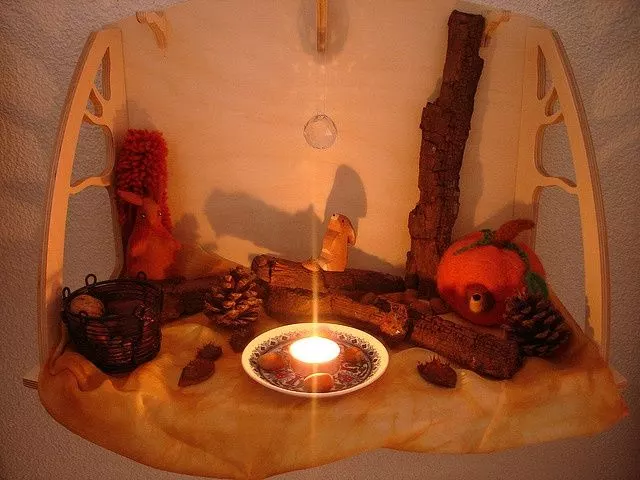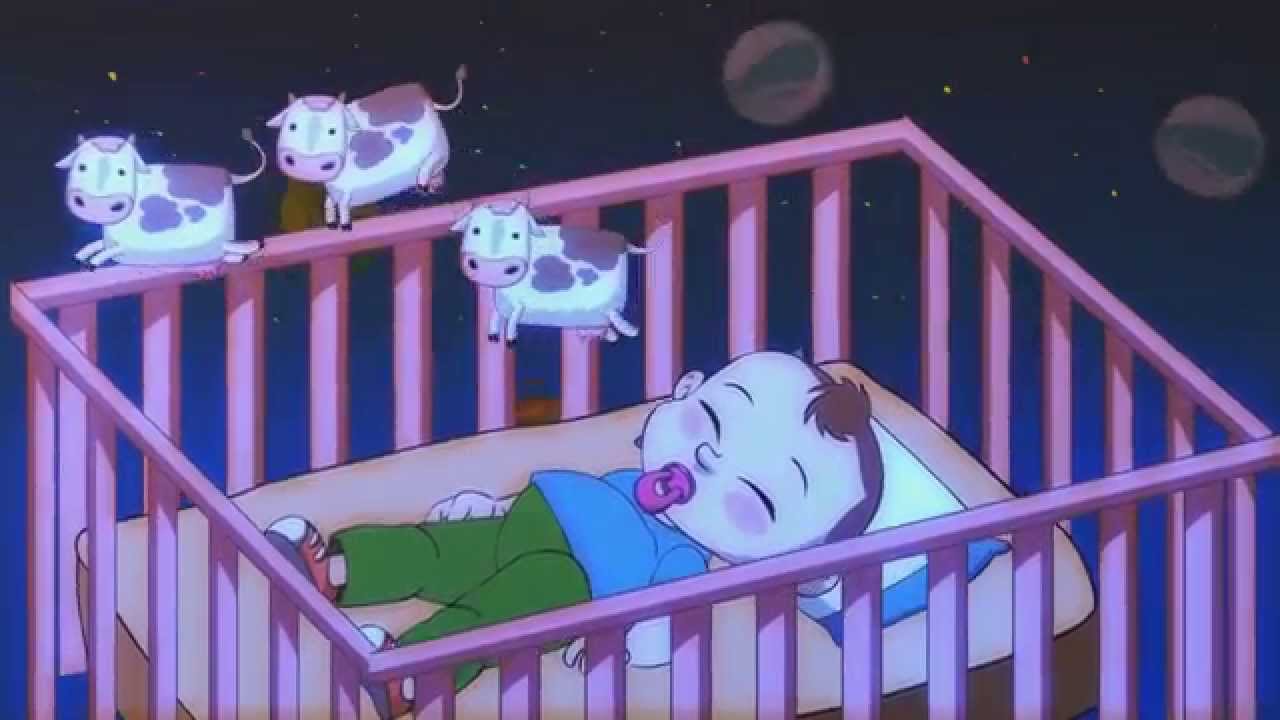“You are afraid to open the door? I too was afraid, since we had forgotten that God is terrible. Christ taught: God is love. But you should know that love is also terrible.” ~ Carl Jung, The Red Book
The human condition is a fickle beast. So sensitive. So insecure. So prone to delicate sensibilities. We’re so easily offended by others, while hypocritically inclined to assuage ourselves of any offense that we may give. All the while predisposed to clinging to a certain disposition or culturally conditioned worldview.

Within such predispositions our feelings are more likely to get “hurt,” our certainties “crushed,” and our hearts “broken” when faced with anything “offensive.” We’re more inclined to lower ourselves to a whiny, woe-is-me, pitiful state of yearned-for placation and ego-soothing, so as to keep our delicate sensibilities intact and our too-soft insecurities secured.
In short: we play the victim (where the fickle beast remains fickle). In such a state we tend to be unaware that it is usually the opposite of this tactic where true growth lies –playing the hero (where the fickle beast transcends its fickleness). Either way, it seems “play” is involved, but one is arguably healthier than the other.
Now enter creative and comedic license. Between “offense given” and “offense taken” lies the audacious artist. From comics to painters, poets to song writers, cartoonists to satirists, artists from shamans to Shakespeare and beyond, have challenged the delicate sensibilities and prudish conservativism of others.
They stand tall over the insecure human morass and dare to mix it up with audacious art that stings the heart, splits the soul, widens the eyes, and twists the mind. “Delicate sensibilities be damned!” They say, just before diving head-first into the masterpiece.
As Pablo Picasso said, “Art is offensive. At least art should be allowed to be offensive. It ought to be forbidden to ignorant innocence, never allowed into contact with those not sufficiently prepared. Yes, art is dangerous.”
 Attachment
Attachment
“Drop the idea that attachment and love is one thing. They are enemies. It is attachment that destroys all love. If you feed, if you nourish attachment, love will be destroyed; if you feed and nourish love, attachment will fall away by itself. They are not one; they are two separate entities, and antagonistic to each other.” ~ Osho
Our state of offense is almost always derived from an attachment to a particular belief. Whether we’re offended by our religious figures being satirized, or our flags being “disrespected,” or maybe it’s our prudishness regarding nudity, the offense taken is usually wrapped up in the defensive walls we’ve put up to “protect” our delicate and insecure nature.
Art has a way of getting us off the hook of taking ourselves and our beliefs too seriously. But only if we have the courage to allow for comedic and creative license. This is because comedy and art have a tendency to shatter preconceived paradigms.
They detach us from our attachments, at least for a time. They move the arena of “play” into a sacred gray area, where the Middle Way of audacious imagination and the power of a good sense of humor holds sway.
Detachment
“I believe in absolute freedom of expression. Everyone has a right to offend and be offended.” ~ Taslima Nasrin
 Here’s the thing: You have the right to be offended. Anything you see, hear, smell, taste, or touch can be held against you in a state of offense. You have the right to whine to an authority.
Here’s the thing: You have the right to be offended. Anything you see, hear, smell, taste, or touch can be held against you in a state of offense. You have the right to whine to an authority.
If an authority cannot be found, either the Great Mystery, Yahweh, Allah, Buddha, the Flying Spaghetti Monster, the Blooming Haha (Rob Brezsny), or the Dancing Nothing will be provided to placate you.
Do you understand these rights as they have been read to you? If so, good news: You’re ready to surpass such victim-playing nonsense and attempt a mastery of the art of non-attachment. If not, keep practicing mindfulness meditation and try not to whine too much.
There’s a reason why Buddhist detachment is understood by masters the world over as a vital aspect of healthy living –It works! It teaches us that there is no permanence. Everything changes. Nothing remains the same, especially not the Self, though we vainly cling to it. Vicissitude is the ultimate juggernaut oracle.
Buddhist detachment helps us gain the “over eyes” of the oracle. It knocks us off both the high horse of the past and the pedestal of the future, while slamming us into the muck and mire of the present moment, the infinite now that subsumes all things, to include the seemingly fixed past and the fuzzy future.
With the Over Eyes of non-attachment attached like a pair of third-eye sunglasses, we gain the ability to be astonished.
Enchantment
“We are all unique medicine.” ~ Angeles Arrien
 Within our culturally conditioned boxes we’re almost certain to be inundated by the mundane. Our ordinary lives have a tendency to remain all-too-ordinary, though we claim to long for the extraordinary. We become inert, complacent, and accustomed. And then we wonder how we lost the spark.
Within our culturally conditioned boxes we’re almost certain to be inundated by the mundane. Our ordinary lives have a tendency to remain all-too-ordinary, though we claim to long for the extraordinary. We become inert, complacent, and accustomed. And then we wonder how we lost the spark.
If we’re lucky, we’ll wonder just a little bit further and ask ourselves: how do we get that spark back. The easy answer to that question is through typical art that merely keeps us entertained. The difficult answer is through audacious art that jolts us awake through the use of shock humor.
If, as Joshua Foer said in Moonwalking with Einstein, “Monotony collapses time; novelty unfolds it,” then practicing Buddhist detachment is a way to allow Time to unfold into enchantment. But we must be vulnerable in order to be open to novelty.
Our defenses must come down so that offensiveness doesn’t shut us down. This unfolding into astonishment provides us a sacred space to enjoy the kind of imagination that shatters mental paradigms, stretches comfort zones, and stirs up pots where a thick indifference has risen to the top. In short: it allows us to embrace being offended in order that we may become enchanted.
When we’re enchanted, especially through art, we’re too busy being astonished to worry about rules, or laws, or petty beliefs. We’re free to not take ourselves too seriously. We free to not be so extreme with our beliefs or worldviews. In short: We’re free to be in a state of imaginative ecstasy.
As Carlos Castaneda intuited, “Feeling important makes one heavy, clumsy and vain. To be a warrior one needs to be light and fluid. Self-importance is man’s greatest enemy. What weakens him is feeling offended by the deeds and misdeeds of his fellow men. Self-importance requires that one spend most of one’s life offended by something or someone.”
Practicing non-attachment dissolves self-importance. The dissolution of self-importance gives way to self-astonishment, and suddenly our delicate sensibilities aren’t so delicate anymore. Our state of offense is actualized as merely a petty defense.
A flexible robustness along with a healthy sense of humor rises to the top and overwhelms us, and we discover the ability to self-overcome through the transcendence of our own creative projects that may or may not shock others into being astonished as well.
As Frank Herbert wrote in Dune, “Deep in the human unconscious is a pervasive need for a logical universe that makes sense. But the real universe is always one step beyond logic.”
And so it goes with audacious art as well. It’s always one step beyond reason.
Image source:
Smiley face
Gorilla suit
Fiery meditation
Cardinal Sin by Banksy
Offensive Art




















